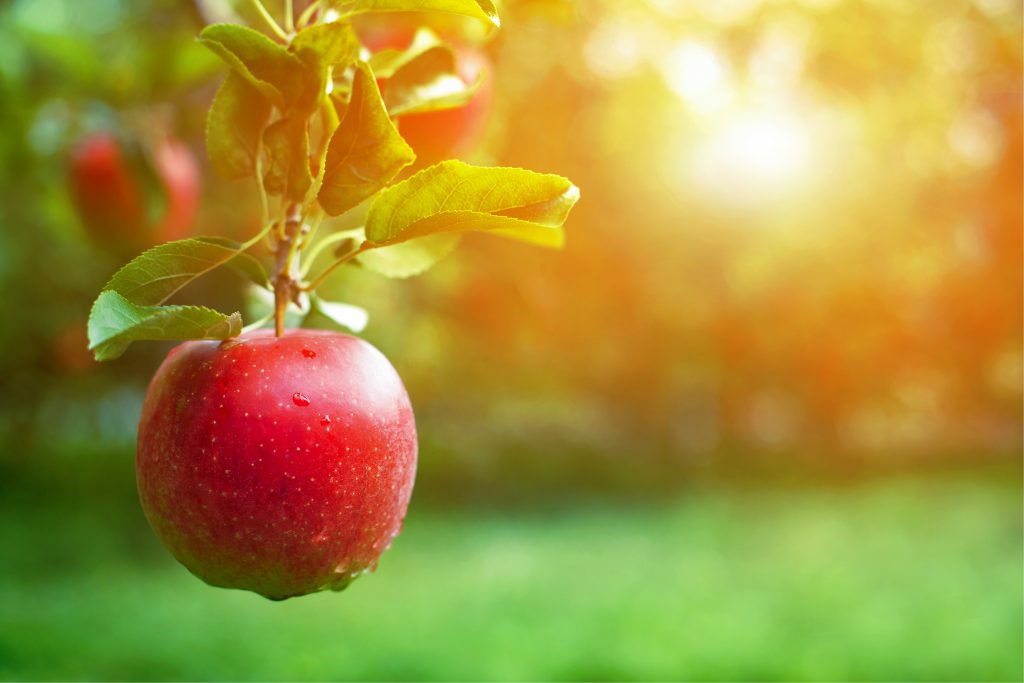Most apples are not self-fertile and in order to produce the best fruit results, the second tree of a different variety should be planted to optimize pollination. An apple variety can be optimally pollinated by any other variety that has a similar bloom time: in the same column or in an adjacent column on the chart. Crabapples may also pollinate apples as long as their bloom times overlap.

APPLE POLLINATION CHART
| EARLY | EARLY – MID | MID – LATE | LATE |
|---|---|---|---|
| Gravenstein (T) | Cortland | Braeburn | Northern Spy |
| Spartan (S) | Empire | Fuji | Roxbury Russet |
| Liberty | Granny Smith (S) | ||
| Honeygold | |||
| Honeycrisp | |||
| Jonagold (T) | |||
| Macoun | |||
| Northpole | |||
| Red Delicious | |||
| Winesap (T) | |||
| Yellow Delicious |
Varieties marked with a (T) are triploid and therefore sterile. They must be pollinated by a variety that is not sterile and they can not pollinate another variety. When planting a sterile variety, it is best to plant a self-fertile variety for pollination. An (S) next to a variety indicates that it is partially self-fertile and will often produce some fruit on its own. The second variety of apples will enhance fruit production.






